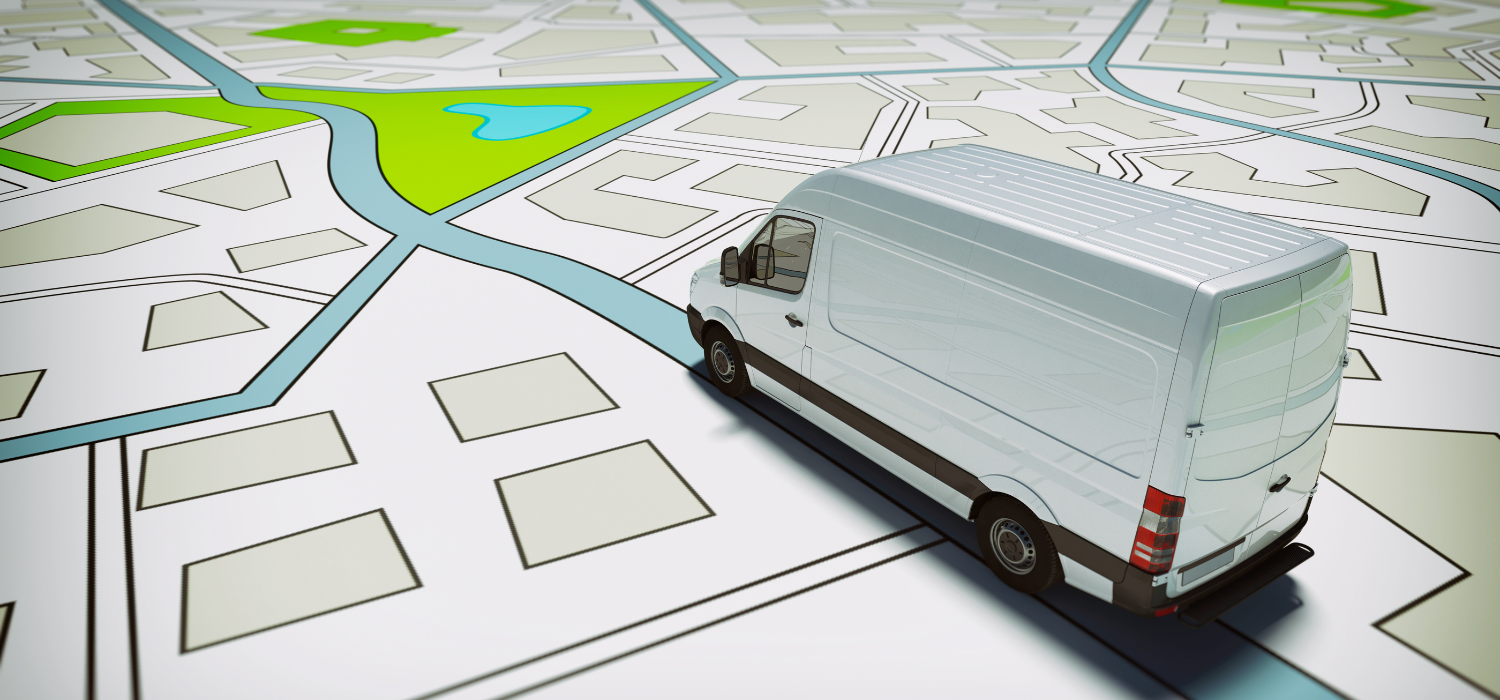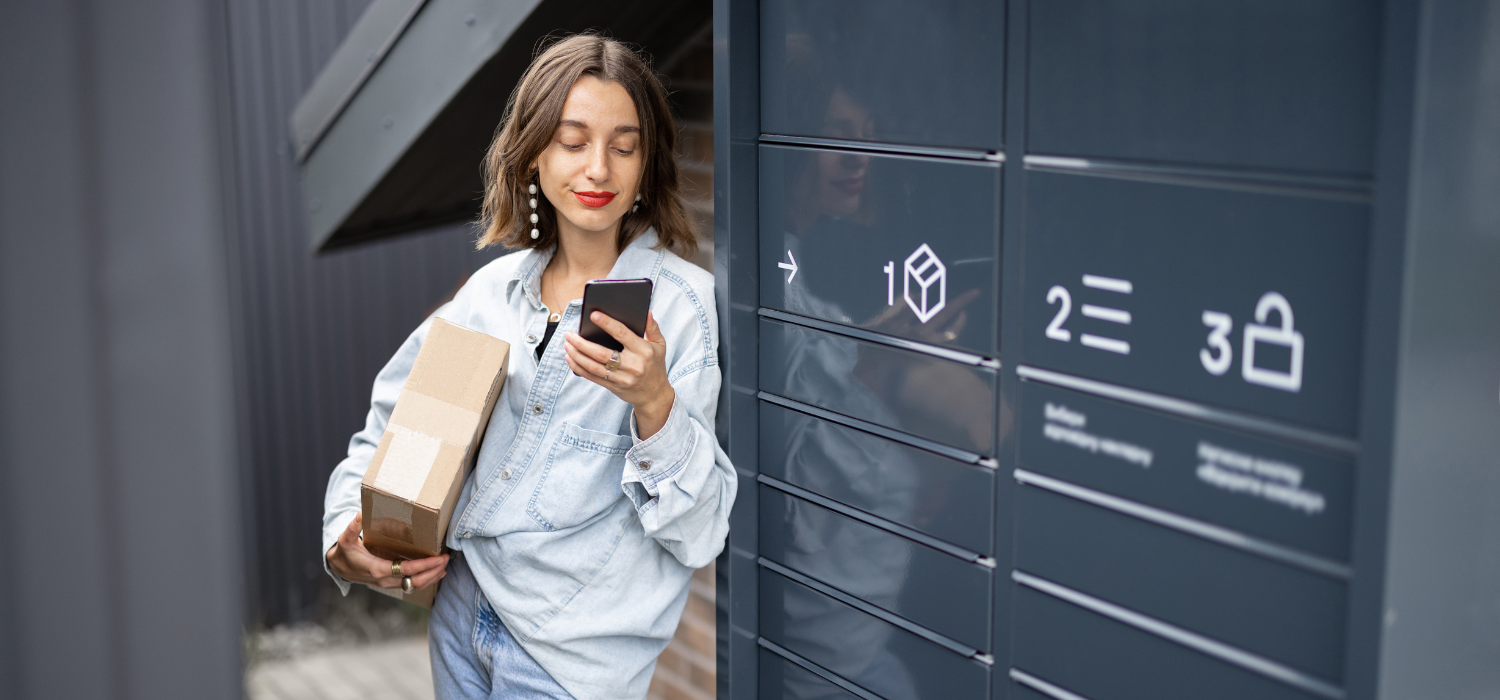The Internet is responsible for almost twice as many emissions as air traffic. The figure is astonishing, yet the real impact of the web is often overlooked. That is why when talking about eCommerce sustainability, it is not enough to look at the nature of the product or the way it is packaged and delivered, but attention should also be paid to the impact an online store can have on the environment.
We talk about this with Fabio Mecarone, Marketing Manager of Karma Metrix.
Fabio, would you like to tell us in the meantime what Karma Metrix is and what its objectives are?
Karma Metrix is a digital sustainability pathway, the first of its kind in Europe, which measures, compares and improves the environmental impact of a website. We speak of a path because we do not limit ourselves to measuring the emissions of the site (which is done with a patent pending proprietary algorithm), but we also accompany companies in the reduction of their own emissions through the identification of areas on which to intervene in the web pages to achieve energy efficiency.
Digitalisation is in itself a good thing and certainly helps in the transition process towards sustainability, but we must not make the mistake of thinking that digital has infinite resources. Our goal is therefore to make people and companies aware of these issues and to help make the web more eco-sustainable as well.
Can you give us some very concrete examples or comparisons that explain how much the web really pollutes?
Much has been said in recent months about the pollution caused by private jets, which is rightly an important topic, but let us start with this to make an initial comparison: the Internet is responsible for almost twice as many emissions as air traffic. If it were a country, the web would be third in the world in terms of energy consumption and fourth in terms of CO2 emissions, i.e. behind the world’s largest countries such as China, India and the United States. The five American big tech companies alone, the so-called FAANGs (Facebook, Amazon, Apple, Netflix and Google) emit as much as countries like Bangladesh, which has more than 160 million inhabitants. Meta has planned to build a new data centre outside Madrid, covering an area as large as the Principality of Monaco. We are talking about realisations that change the hydro-geological structure of a region.
When we talk about the sustainability of eCommerce, we first think about the sustainability of the products, the packaging or the brands themselves. Secondly, we think about transport and delivery. Are there other aspects of eCommerce, ignored or less known, that impact the environment?
Certainly the least known is the digital aspect. More than 6 out of 10 people have no idea that the Internet contributes to CO2 emissions. That is why for us at Karma Metrix the first key aspect to work on is awareness. You cannot address an issue if you do not know about it, and that is why we want to work on the one hand on creating awareness in companies, but also on the other hand on working with the companies themselves to bring these concepts to as many users and consumers as possible.
An eCommerce manager who wants to understand how much his eCommerce shop pollutes in order to possibly implement an emission reduction strategy, what can he do?
We can basically summarise the strategy in three steps: measurement, reduction and communication.
Measuring makes it clear to us how energy-impactful the site is. There are sites that may already be low impact and on which it is therefore less of a priority to intervene, but we have also seen cases where the situation had huge room for improvement. You can get an initial idea on our site, free of charge, by testing our tool on a single page.
Once the measurement has been made, we proceed with an analysis of the pages of the website to identify the elements that have the greatest impact on consumption and emissions. Along the way, we offer full support to companies, also showing them how to make those elements that are not more efficient.
Finally, communication is also key. It is undeniable how important it is for a company to make its sustainability initiatives transparent. As we said before, the company by communicating helps create the awareness that we now need.
What are the first steps to take to make an eCommerce site greener?
I would start with a simple intervention that you can usually start doing without the support of developers: optimising images. Whoever is responsible for uploading content to the site can pay attention to three main aspects:
- Do not use excessive resolutions. There is no reason to upload a high-resolution image if it is relegated to a small frame;
- Compress images. There are an infinite number of online tools, also free of charge, that make it very easy to compress and optimise images automatically, with considerable reductions in weight but without losing quality;
- Use recent formats. Usually the most recommended (also by Google) is webp, which already has a more efficient compression than, for instance, the more common Jpeg and bitmap.
Then there are other elements, such as the UX and the colour choices of the site, which certainly have an impact, but also need to be discussed in order to assess their feasibility and burden.
If you wanted to give eShoppers advice on how to be less impactful during their online shopping session, what would you recommend?
Again, let’s start with the simplest things:
- We prefer to use dark themes on our device and switch to dark mode on all those sites that allow it;
- We reduce the number of tabs open at the same time on browsers because they increase energy consumption and, therefore, if we are on the move they reduce battery life;
- We reduce the brightness of the screen. Do we really need to keep it at maximum while choosing what to buy? If we really need to, let’s turn it up temporarily while watching dark images or videos that require it. Again, the smartphone battery will thank us.
In addition to these, there is a whole series of more general good practices that we should all get used to. We are talking about things that may even seem small, such as periodically cleaning up files saved on the Cloud, but which are instead important for two aspects that concern not only digital, but all sustainability in general.
Firstly, a small gesture, if done by many, has a major impact; secondly, they are gestures that serve to give us a better approach to sustainability. If you are more attentive to even the smallest things, you start to expect other people and companies to be equally attentive.
The younger generations are the most environmentally aware. At the same time, they are also the most active online. How can these two trends be combined with a view to sustainability?
Actually, the two are not mutually exclusive. The mistake now would be to demonise the web when in fact the web is already a help in itself: for example, it is less impactful to have a web meeting with ten people, rather than having ten people, perhaps from different cities, take the car to do the meeting live. But you have to try to go one step further. Not only making efficiency through digitisation, but also using digital responsibly and not as an endless resource.
We thank Fabio Mecarone, Marketing Manager at Karma Metrix for his availability and look forward to the next interview.
In the meantime, if you are an eCommerce Manager and are looking for alternative and sustainable delivery solutions for your eCommerce, contact us! GEL Proximity allows you to integrate over 45,000 national and 125,000 international Pick-up Points already in operation. Find out more by clicking here.












